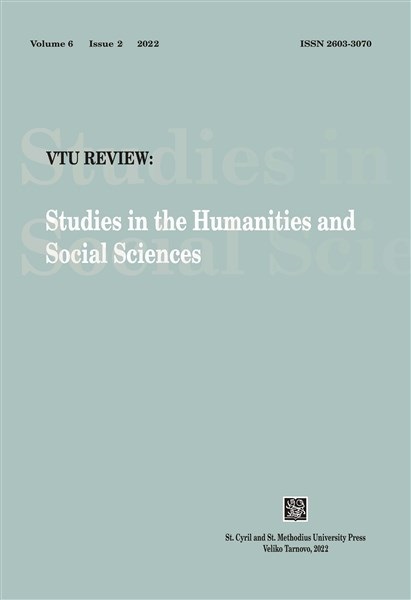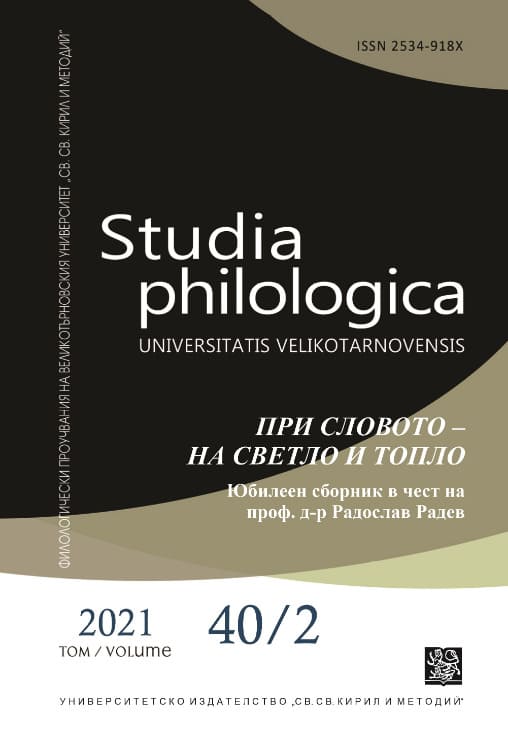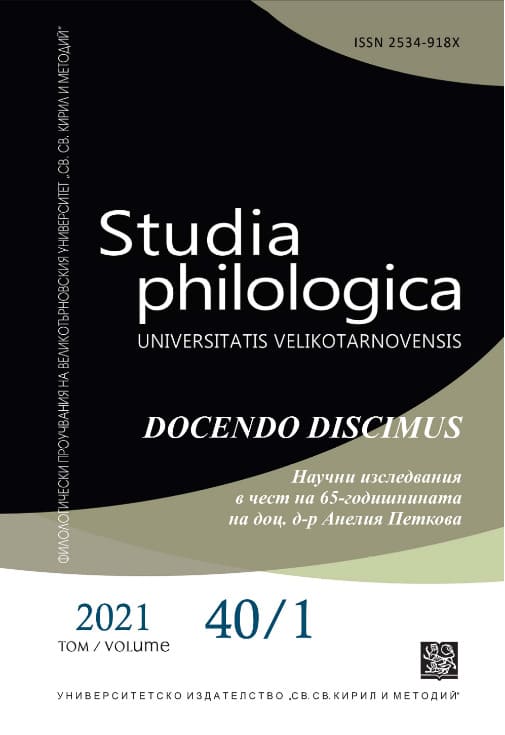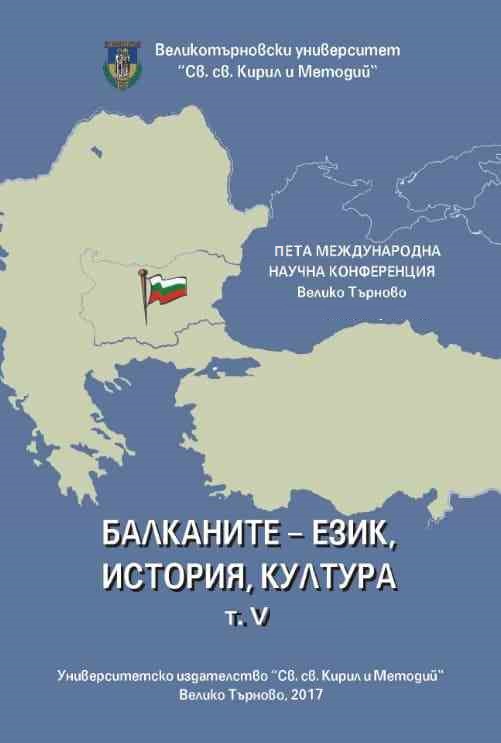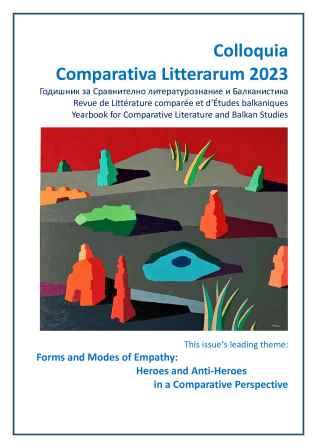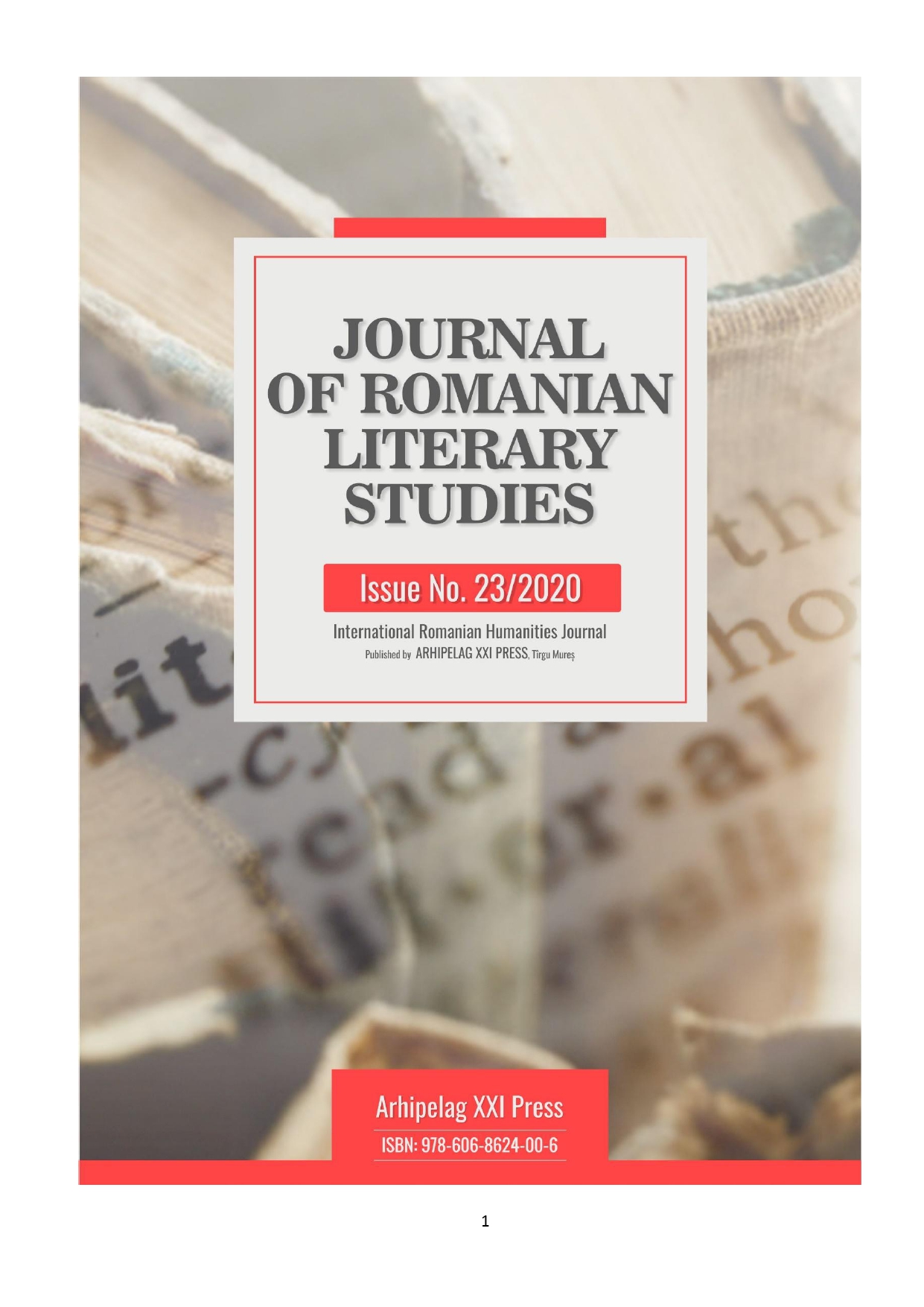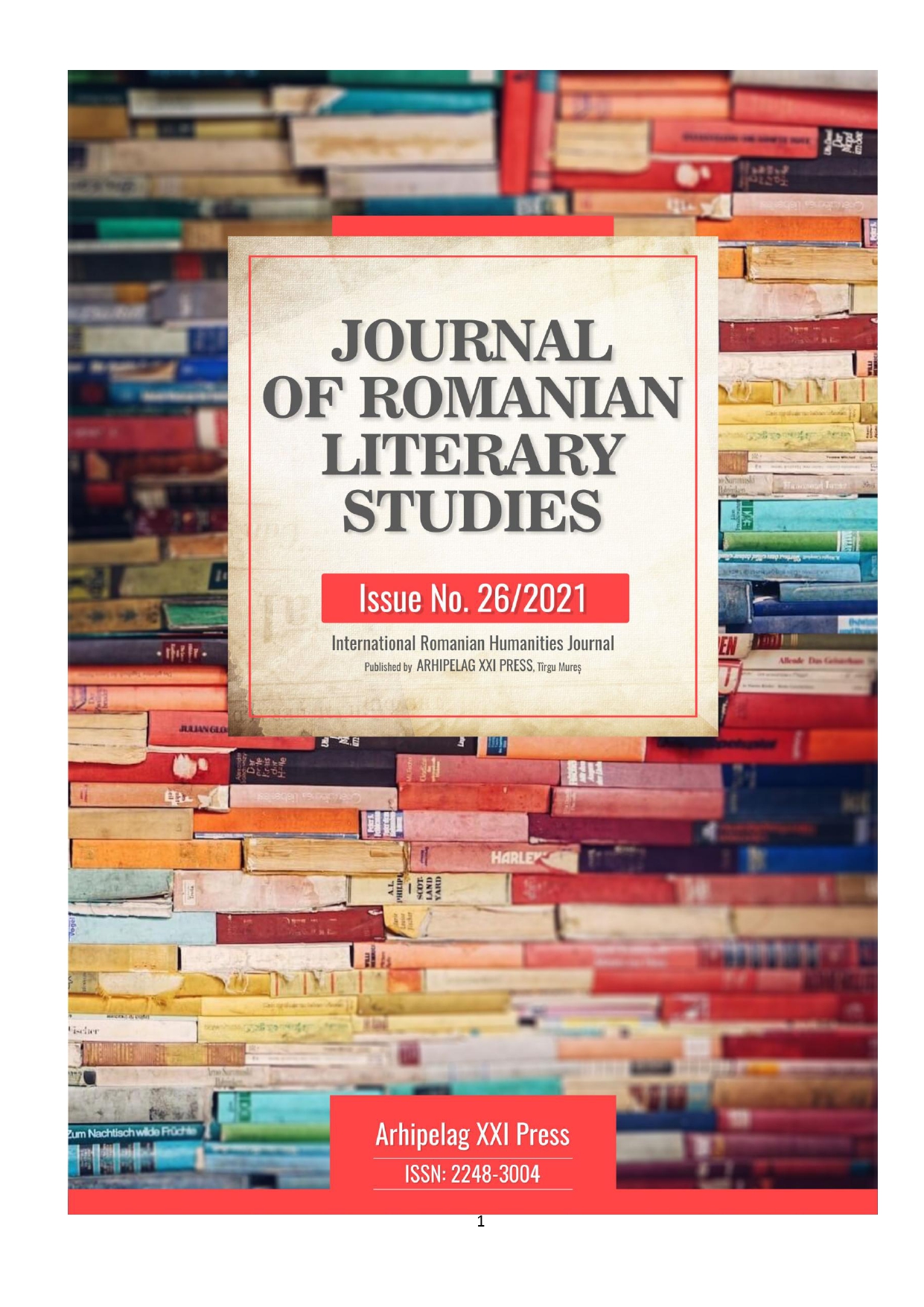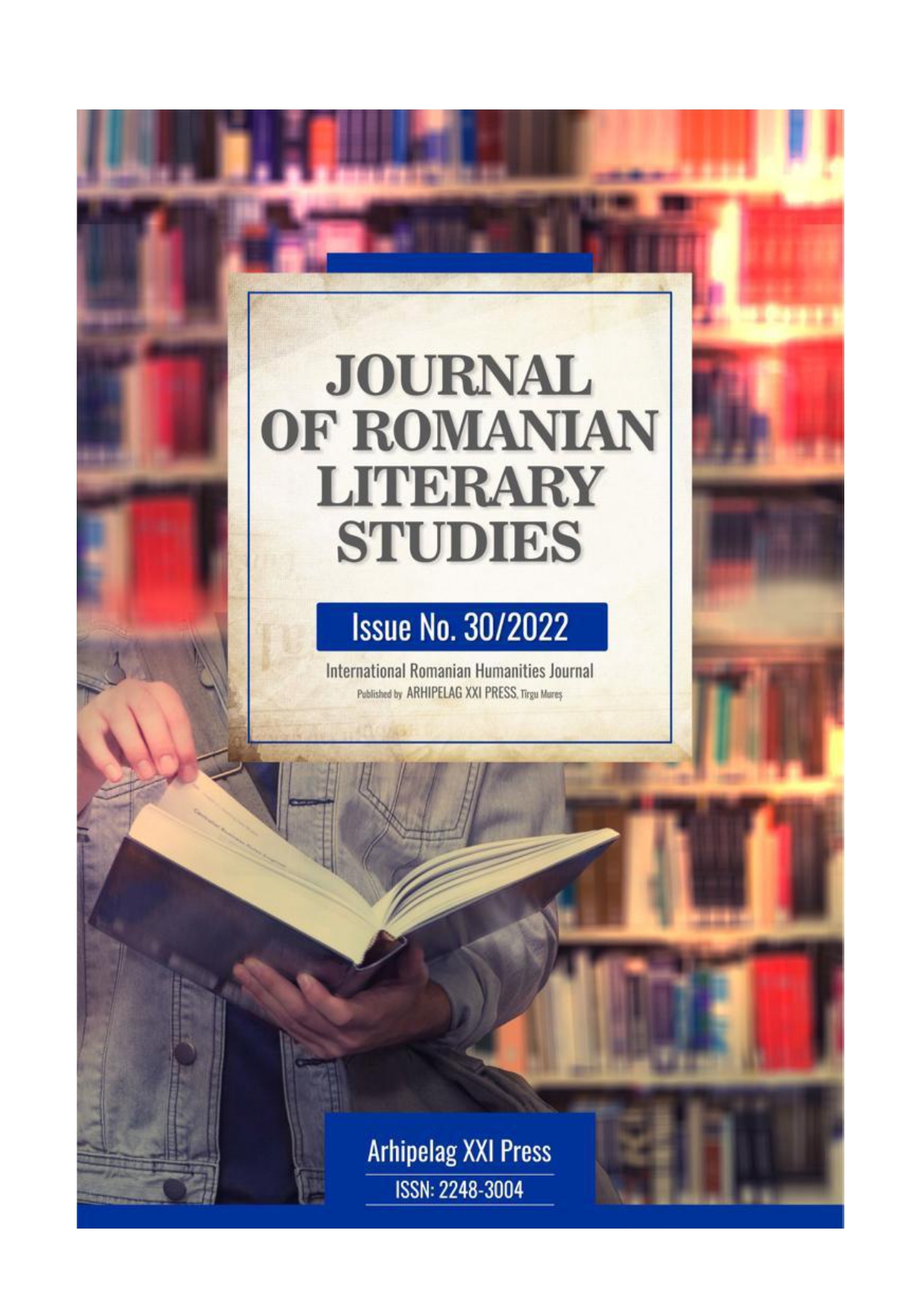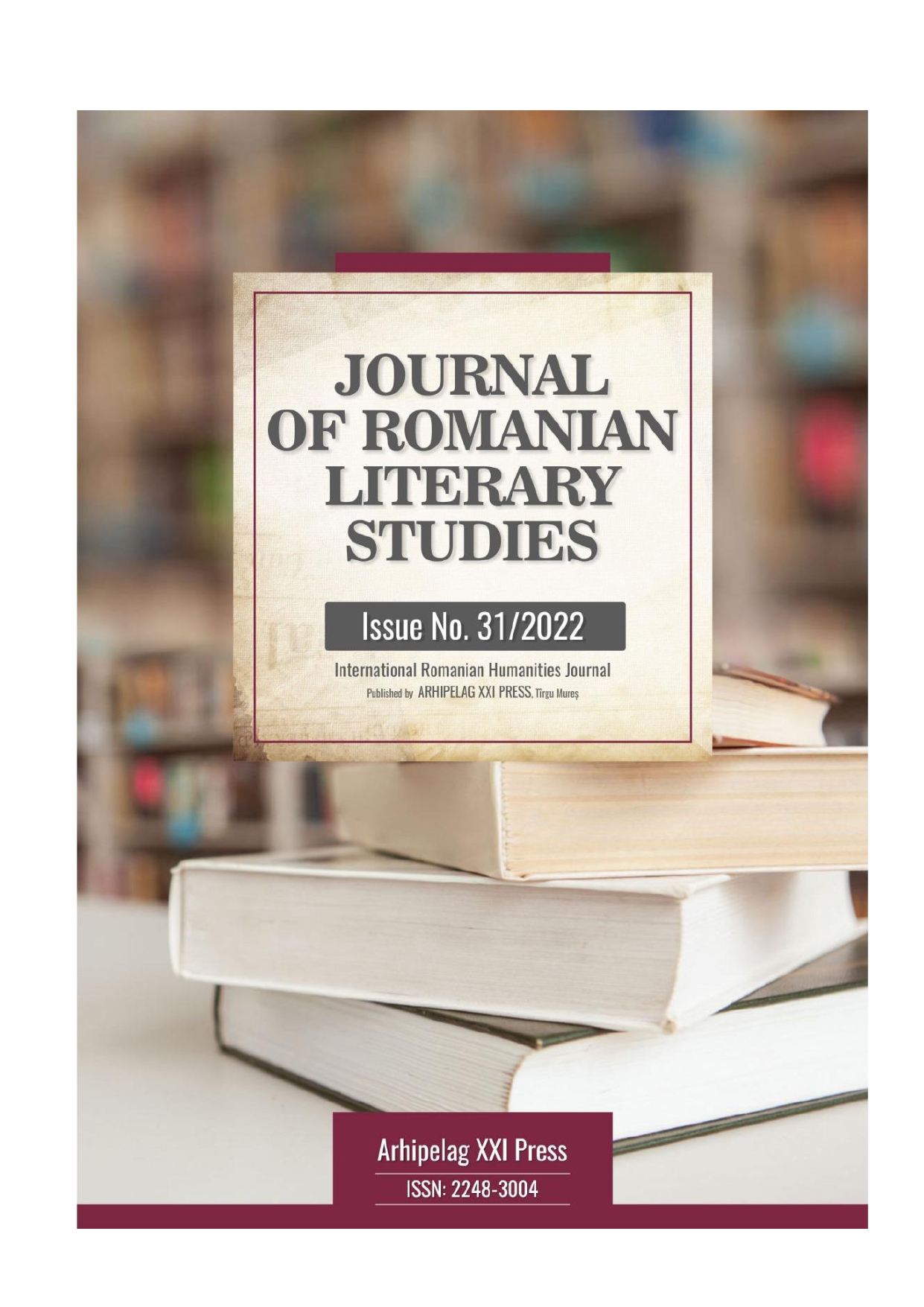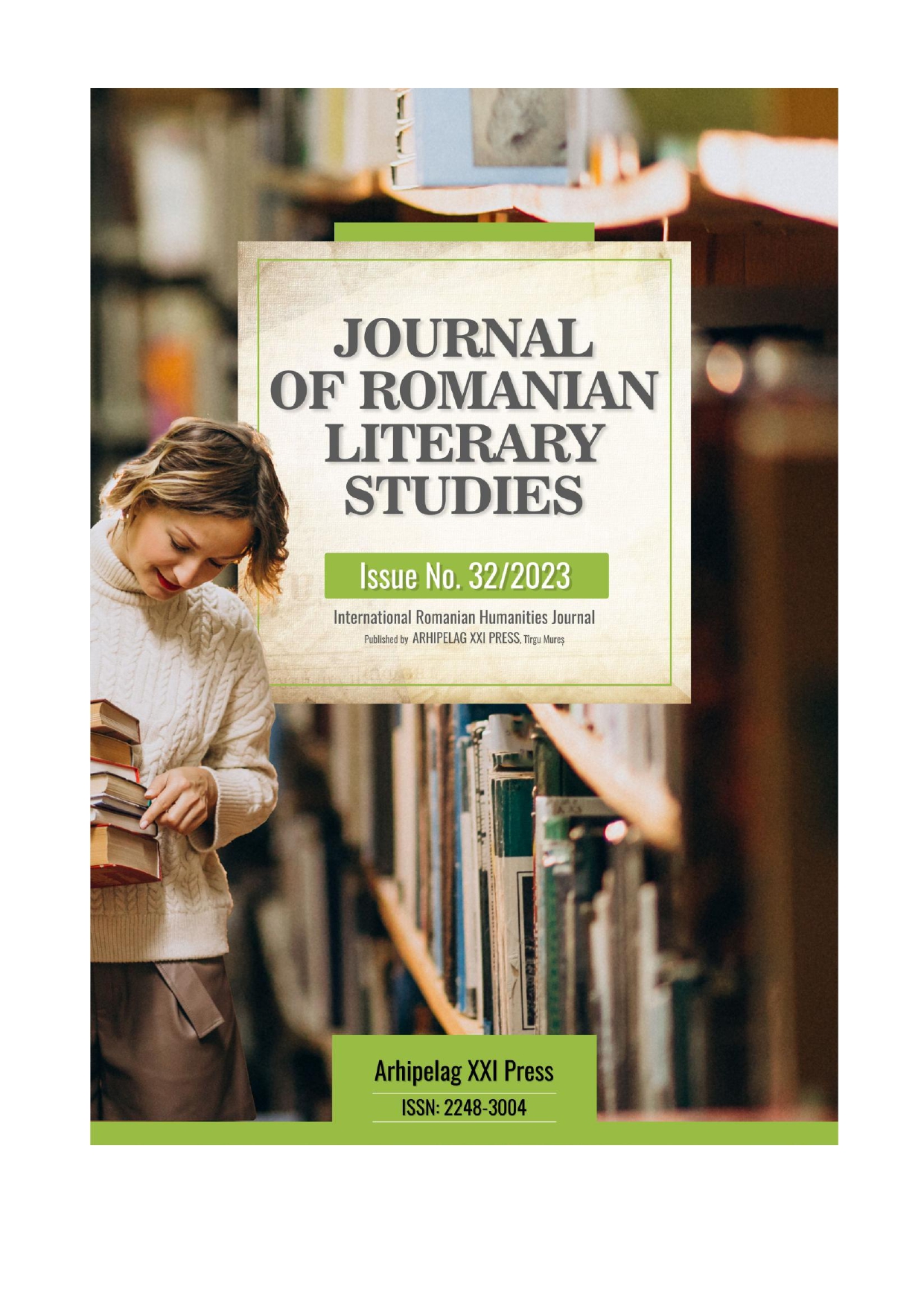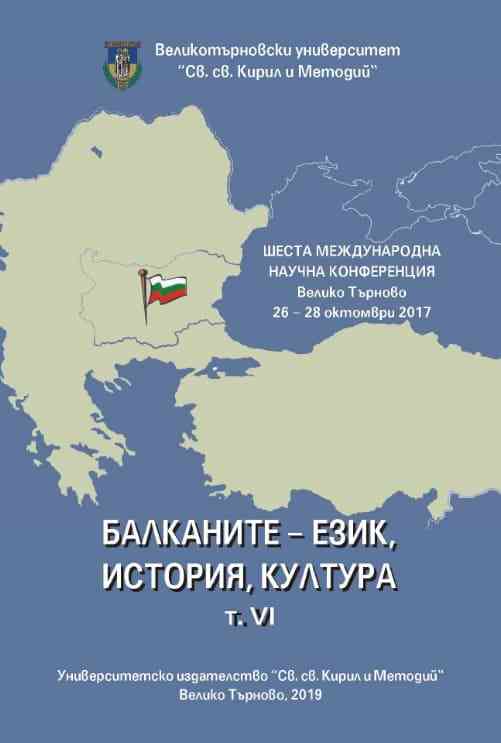
Рецепциja бугарске приповетке код српских младих читалаца – ка интеркултуралном образовану
This paper examines the reception at the Bulgarian stories Serbian high school students as well as their basic knowledge of the literature in the region. The paper is based on the attitudes mihi Bakhtin who stressed that the literature can provide a unique understanding of ourselves and the societies and cultures to which we belong, but also an insight into the lives of others and their cultures and societies. The modern concept of education implies the development and acquisition of student competences. One of them is intercultural competence, which implies the ability to recognize and use cultural differences as one of the learning resources. Literature teaching provides great opportunities for the enhancement of intercultural competence. The aim of this work is that in this particular case, by the results of empirical research point to the need to strengthen intercultural competence and active participation of teaching literature in the concept of intercultural education. The paper presents the results of the reception at the Bulgarian stories high school students. The reception of the literary text and its performance are the factors underlying the teaching of literature, which is based on the acceptance of student work and the effects which it produced thereby. The survey includes stories in the fields of Anton Strashimir, Baja-Ganjo at Irecek Aleko Konstantinov and narrative by wire jovko Jordan. The results of empirical studies confirm our initial hypothesis that the literature of the Balkan people our students virtually unknown. On the other hand, the survey confirms that the reception of the Bulgarian stories in a very satisfactory level, which means “horizon of expectations” is not an obstacle to enrich the content of teaching literature, literature of the Balkan peoples.
More...
